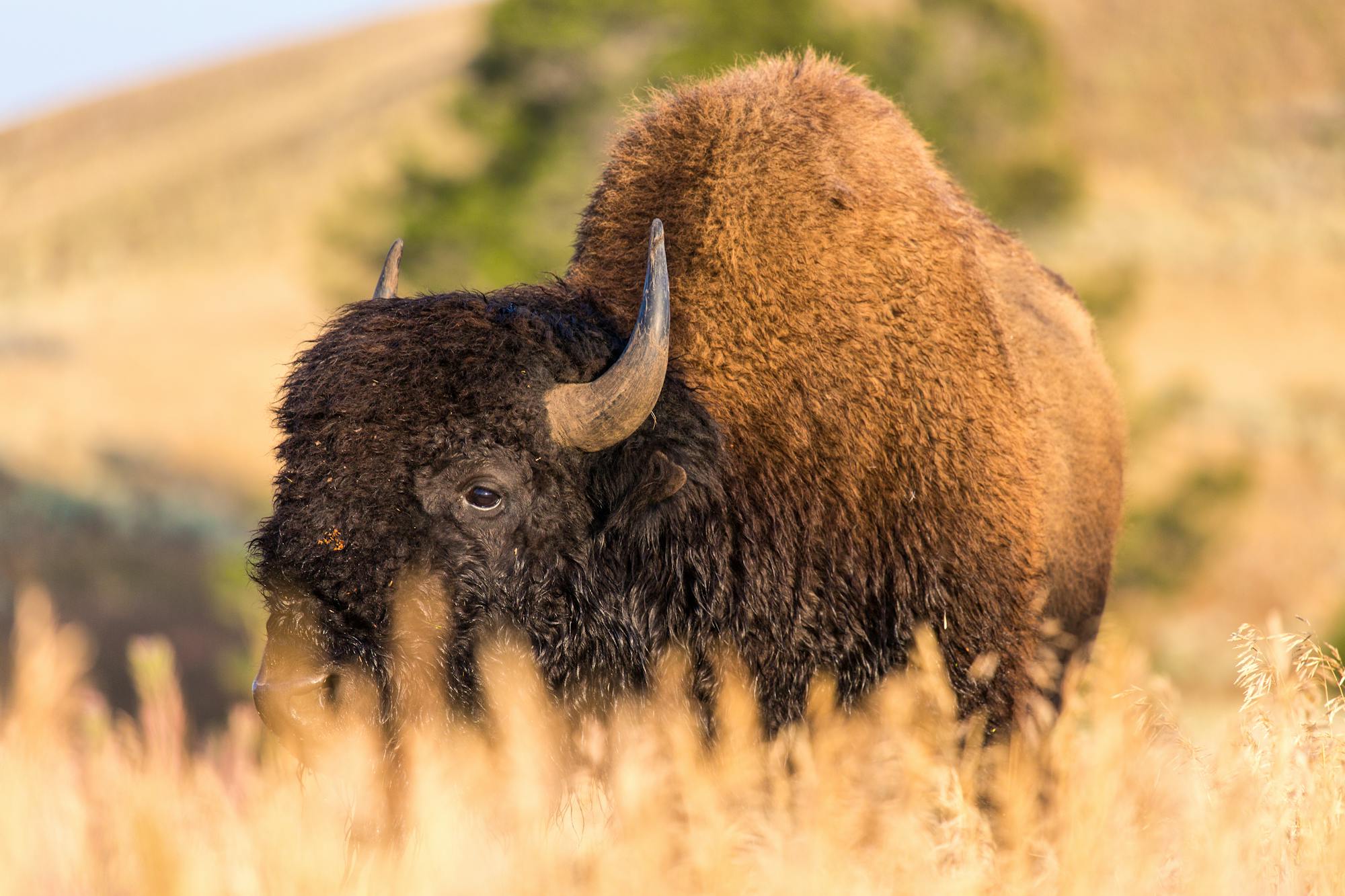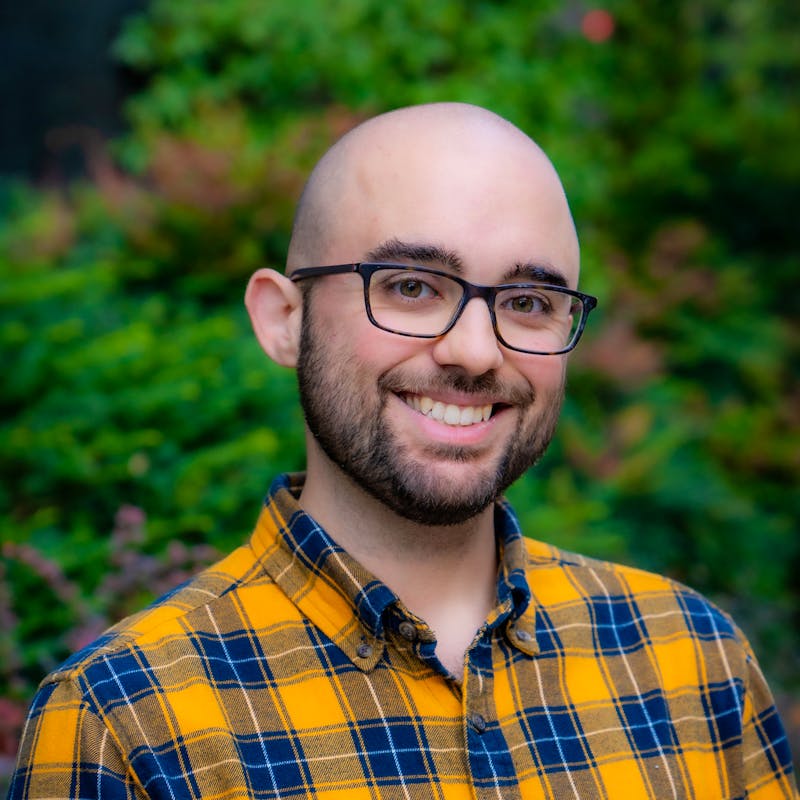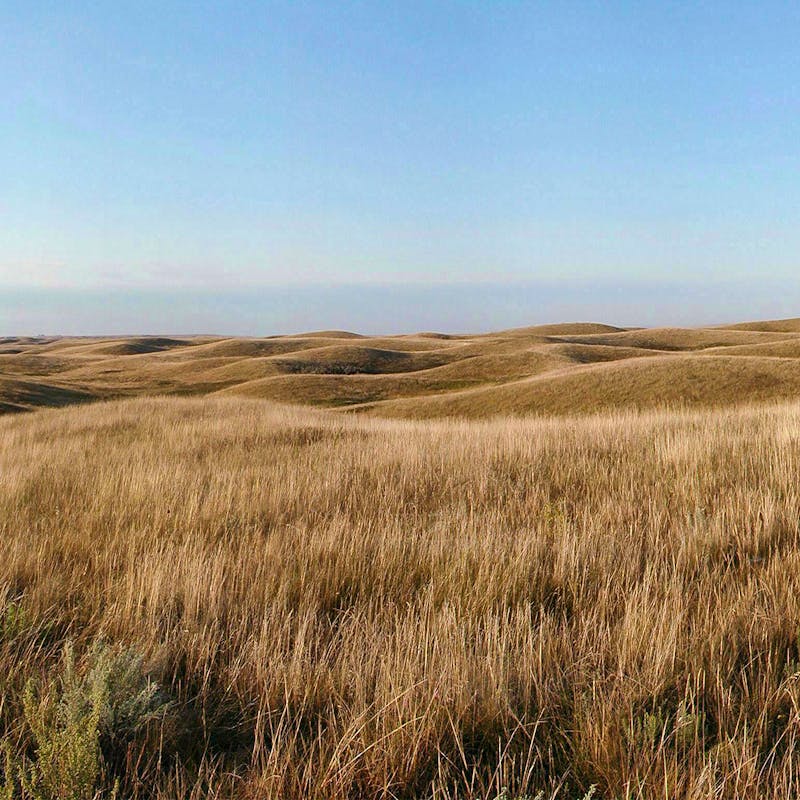Tweet"The simple truth is that bison belong on North American grasslands, on Native American lands. The reason for investors to purchase these credits is to make the same commitment — to bring back our national mammal, see more lands dedicated to its health, and for restoration of the species so the grasslands can thrive.”
A new conservation pilot program will offer industry leaders the opportunity to contribute to the return of bison to tribal lands, which will in turn contribute to the health of grasslands. The Endless Prairie Buffalo Project is the first of its kind in the United States and will open the door for more grasslands to be managed under the Buffalo Program of the Assiniboine and Sioux Tribes of Fort Peck. The program will provide a reliable measurement of the restorative impact that Plains bison have toward grassland biodiversity. It will be managed by longtime Fort Peck partner Defenders of Wildlife, and guided by experts in conservation finance at the Environmental Policy Innovation Center and Kingfisher Parker.
"This restoration project represents a significant step toward revitalizing both our ecosystem and our cultural heritage,” said Fort Peck Executive Board Chairman, Justin Gray Hawk. “It's about creating a sustainable future for the buffalo and our community."
The program will offer biodiversity credits as a vehicle for supporters to finance the addition and enhancement of grasslands dedicated to the Tribes’ buffalo herd, while also improving the cultural and spiritual connections of the Fort Peck Indigenous community to an animal that once roamed in the millions across the plains. Over the past century, 360 million acres — 60% of native grasslands — have vanished, with another 125 million acres at risk from agricultural interests and encroaching woodlands. The degradation and fragmentation of grassland habitat have been of major consequence to native wildlife, including a 53% loss of grasslands-native birds across the plains.
Every buffalo credit sold through the Endless Prairie Buffalo Project will correspond to the evidence-based and durable ecological uplift of an acre of the grassland ecosystem, and help finance the long-term management of the buffalo herd by the Fort Peck Fish and Game Department. The credits will also allow the Tribes to acquire more land for their buffalo to roam. Bison herds managed as wildlife on large landscapes support grassland health through their grazing patterns, trampling and wallowing, creating diverse plant communities.
"The simple truth is that bison belong on North American grasslands, on Native American lands,” said Defenders of Wildlife Vice President of Conservation Programs Mike Senatore. “The reason for investors to purchase these credits is to make the same commitment — to bring back our national mammal, see more lands dedicated to its health, and for restoration of the species so the grasslands can thrive.”
To support the Endless Prairie Buffalo Program, the Environmental Policy Innovation Center and Kingfisher Parker will work with Fort Peck and Defenders of Wildlife to design and implement the pilot, the crediting methodology, and market credits to partners over the next two years of this pilot initiative.
"For credit buyers, the return on their investment is a measurable biodiversity impact you can see; a living landscape of resilient prairie restored and sustained by buffalo," said Nicole Stiffarm, Tribal Partnership Manager at the Environmental Policy Innovation Center. "And the credits finance the culturally-led stewardship by the Fort Peck Assiniboine and Sioux Tribes who have long cared for their homelands and wildlife as relatives, not resources."
"Biodiversity credits that promote the return of buffalo to native lands are a new avenue of funding for tribes, which provide a supporting organization with a very structured and transparent outcomes-based investment for prairie ecosystem restoration,” said Chris Parker, Principal, Kingfisher Parker.
Representatives from Fort Peck and the Environmental Policy Innovation Center will give a presentation on biodiversity credits and the Endless Prairie Buffalo Project at the Bloom Conference in San Jose, California, on Thursday, Oct. 30.
For over 75 years, Defenders of Wildlife has remained dedicated to protecting all native animals and plants in their natural communities. With a nationwide network of nearly 2.1 million members and supporters, Defenders of Wildlife is a leading advocate for innovative solutions to safeguard our wildlife for generations to come. To learn more, please visit https://defenders.org/newsroom or follow us on X @Defenders.
Media Contact
News

Defenders of Wildlife Submits Technical Comments and Over 8,400 Public Comments in Efforts to Stop Harmful ESA Proposals




